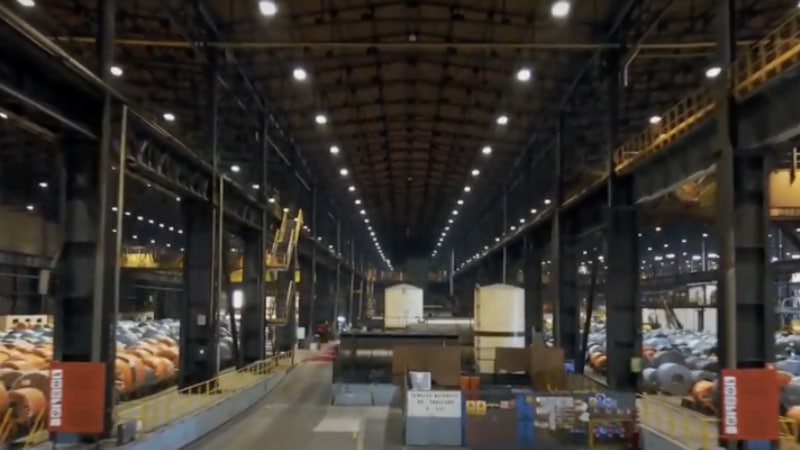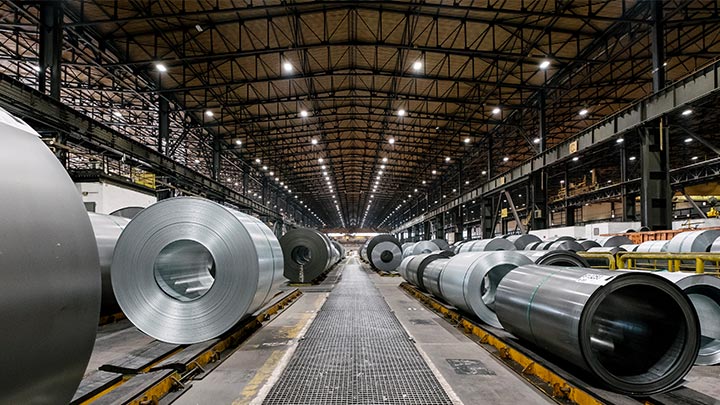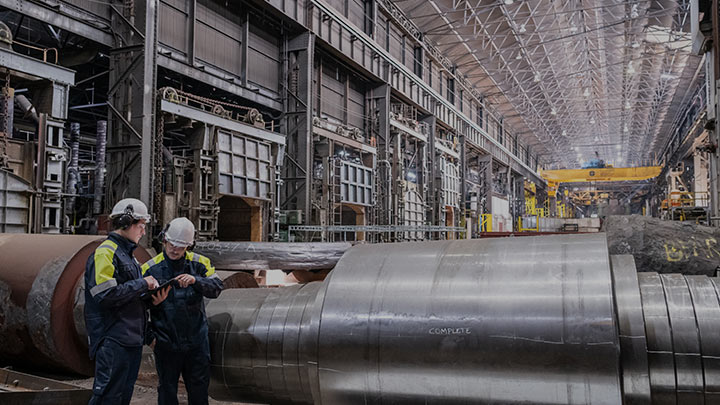Increasingly, decision-makers trying to maximize cash flow are looking to anything-as-a-service (XaaS) models to obtain the solutions, tools, and products they need. Those things range from software to data storage to computing infrastructure to platforms to even jet engines, to name just a few examples on a growing list.
The XaaS model is straightforward. Companies get what they need—say, computing services. But they get it without having to buy assets they don’t want—say, scores of expensive computers that start depreciating the moment they emerge from the box, and that represent a significant capex liability on a budget, one that can inhibit cash management. The computers the company uses belong to the service provider, which assumes responsibility for maintenance and for technical upgrades.
As with leasing, XaaS offers predictable regular opex payments that are often easier to budget for than a single big upfront payment. But XaaS is even more flexible than a typical asset lease. Its flexibility comes from contract durations that match the usage patterns and lifetimes of the products, and which may be longer than typical leasing contracts, thus making the agreements cash-flow positive. Flexibility also comes from avoiding complicated asset collateral structures and instead focusing service contracts on payment streams as the main value driver, rather than on the residual value of assets.
It’s worth pointing out that XaaS makes even more sense now, given recent accounting changes.




